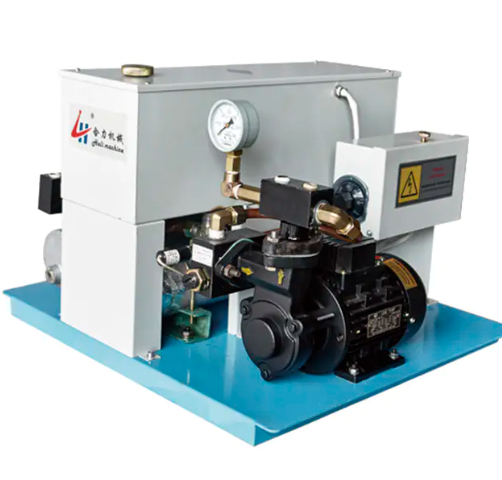Summary:Screw core temperature control devices are used in various industries, such as plastic injection molding and extrusion, to control the temperature of
Screw core temperature control devices are used in various industries, such as plastic injection molding and extrusion, to control the temperature of the screw core during processing. Efficient temperature control is crucial for achieving consistent product quality, reducing cycle times, and maximizing productivity. Here are some ways you can enhance efficiency with screw core temperature control devices:
Precise temperature control: Screw core temperature control devices should provide precise temperature control to maintain a consistent temperature throughout the processing cycle. This ensures that the material is properly melted, and viscosity is maintained for optimal processing conditions.
Rapid heating and cooling: Efficient temperature control devices should be able to heat up or cool down the screw core quickly. Rapid heating reduces startup times, while fast cooling facilitates shorter cycle times. This helps in increasing production throughput and overall efficiency.
Temperature monitoring and feedback: Screw core temperature control devices should be equipped with sensors to monitor the temperature accurately. Real-time temperature feedback allows operators to make necessary adjustments and maintain the desired temperature range for optimal processing conditions.
Automatic temperature control: Advanced temperature control devices can be equipped with automated features, such as PID (Proportional-Integral-Derivative) controllers. These controllers can automatically adjust the heating or cooling output based on the temperature feedback, ensuring precise and stable control without constant manual intervention.
Zone control and flexibility: Screw cores are often divided into multiple zones along their length to provide precise temperature control at different sections. Efficient temperature control devices should allow for individual zone control, enabling operators to set different temperature profiles for different sections of the screw. This flexibility helps optimize the processing conditions for various materials and product requirements.
Energy efficiency: Energy-efficient temperature control devices can help reduce operating costs and environmental impact. Look for devices that incorporate features like insulation to minimize heat loss, energy-efficient heating elements, and optimized temperature control algorithms to minimize energy consumption while maintaining temperature accuracy.
User-friendly interface and data logging: Temperature control devices with a user-friendly interface and data logging capabilities provide valuable information for process optimization and troubleshooting. Operators can monitor and analyze temperature profiles, detect anomalies, and make informed decisions to improve efficiency and quality.
Integration with process control systems: To achieve seamless integration and automation, temperature control devices should be compatible with process control systems. This allows for centralized control and monitoring of the entire processing system, enabling data exchange, synchronization, and coordination with other components, such as injection molding machines or extruders.
By incorporating these features and optimizing the use of screw core temperature control devices, you can enhance efficiency, improve product quality, reduce cycle times, and maximize productivity in plastic processing operations.














